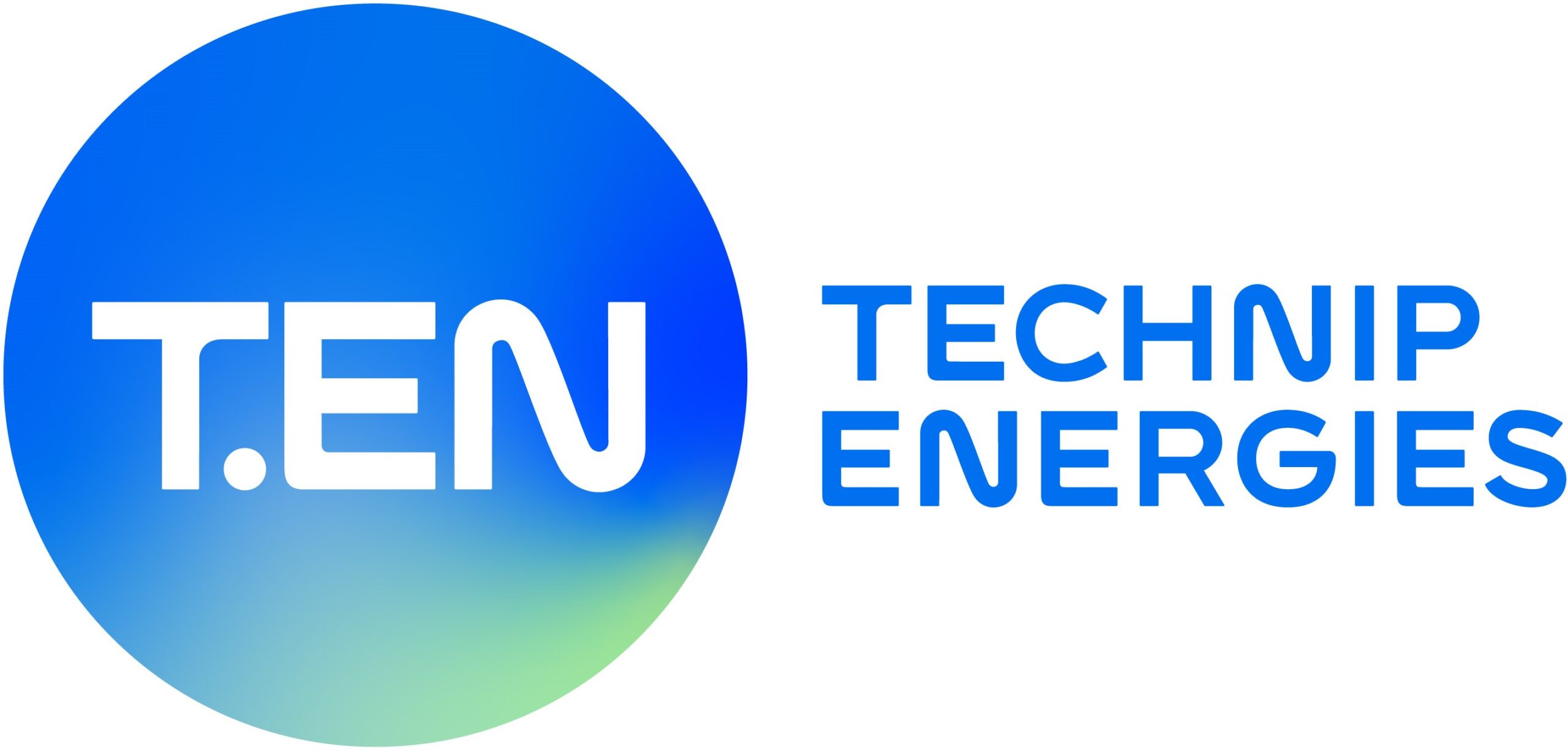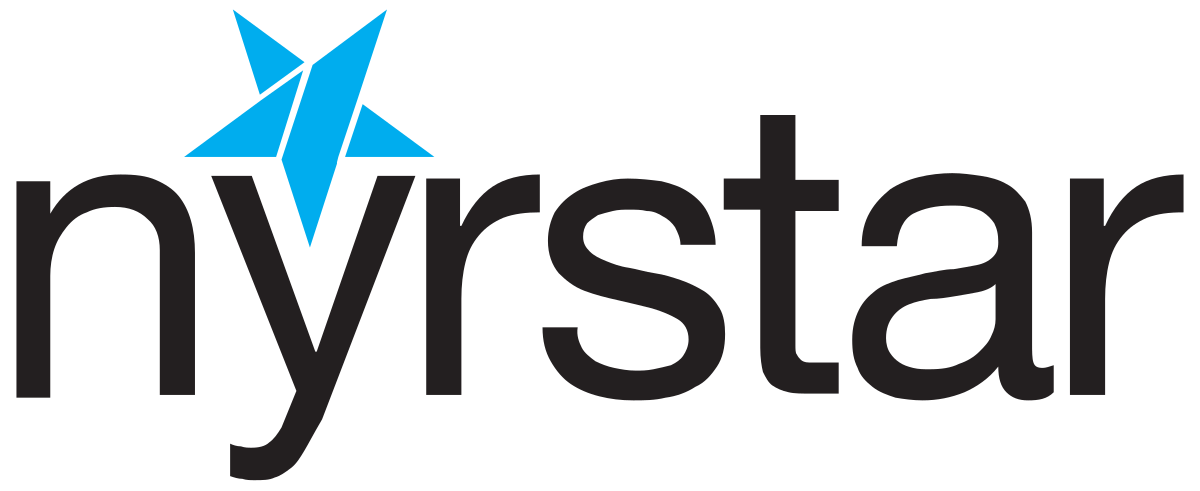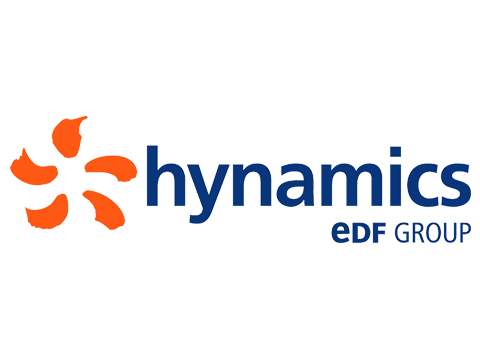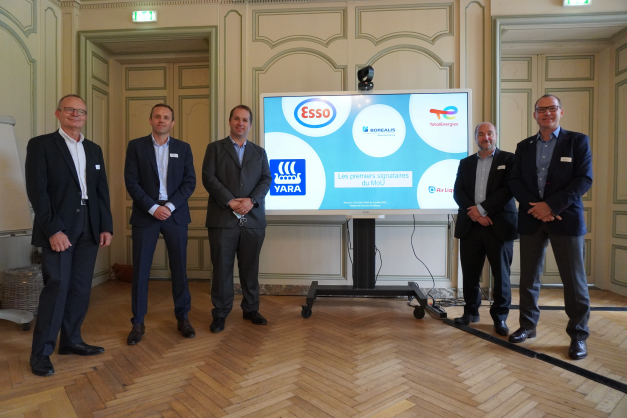France
Nuclear-powered ammonia production
The potential for nuclear-powered ammonia production is developing fast. Two seperate industrial consortia (Copenhagen Atomics, Alfa Larval & Topsoe, and KBR & Terrestrial Energy) have formed to develop thorium-fueled reactors, and hydrogen & ammonia production is a key part of their plans. Given nuclear electricity dominates France’s energy mix, a grid-connected electrolyser project at Borealis’ fertiliser production plant in Ottmarsheim, France will be one of the first examples of commercial-scale, nuclear-powered ammonia production. And, while capital costs & lead times remain significant, mass production of new technologies and research into flexible power production capabilities are emerging as key to unlocking nuclear-powered ammonia production.
Borealis and Hynamics to jointly develop low-carbon ammonia in France
Borealis, a leading European chemicals manufacturer, and Hynamics, an EDF subsidiary specializing in decarbonised hydrogen, have signed a new MoU to install 30 MW of grid-powered electrolysers at Borealis' fertiliser production plant in Ottmarsheim, France. Powered by the French electricity grid - which has one of the lowest carbon intensities in the world - the demonstration project would result in the production of 24,000 tonnes per year of low-carbon ammonia by 2025-26. The Ottmarsheim project joins the growing list of industrial demonstration sites for electrolytic hydrogen feeding into existing ammonia production.
Ammonia combustion engines: latest research
The journey from the laboratory bench to the shop floor continues apace in 2021, as researchers deepen their understanding of ammonia combustion within engines. The team at Université d’Orléans has published several pieces of research already this year, with interesting results on operating limits, spray characteristics and flame propagation.
Decarbonising the Normandy industrial basin
Air Liquide, Borealis, Esso, TotalEnergies and Yara signed a new MoU this week to assess the technical and economical feasibility of implementing an industrial CO2 capture and storage (CCS) chain, from their industrial facilities in Normandy to ultimate storage in the North Sea. For Yara’s Le Havre ammonia production plant, the project could deliver "100,000 tons Blue Ammonia."









